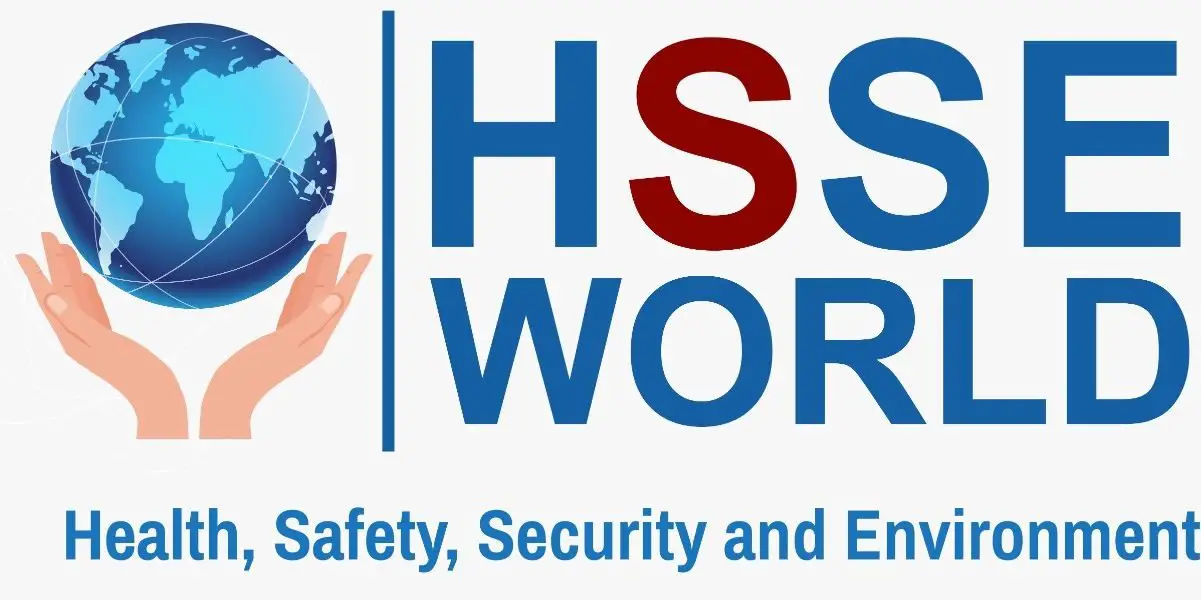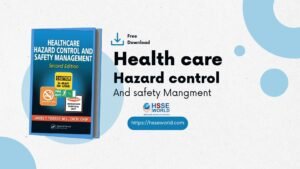Tool Box Talk: Aerogel Nanoporous Insulation Products
2 min readAerogel insulation blankets are used to insulate high heat or very cold applications. They contain nano-sized air pockets that help increase its effectiveness. Aerogel manufacturers say that engineered nanomaterials are not added to their aerogel products. Some aerogel insulations also contain titanium dioxide. The International Agency for Research on Cancer (IARC) classifies titanium dioxide as “possibly carcinogenic to humans” based on studies with animals. Hand tools are typically used to cut the blankets, which creates dust. The dust is small enough to get down into the lungs and can cause eye irritation, nosebleeds, sneezing, coughing, dermatitis, dry and cracked skin, and occasionally wheezing.
Jack’s Story
Jack works as an insulator. He will be applying aerogel insulation onto straight-run pipes and elbows. To do this he has to cut and shape the blanket with a razor knife. Cutting the insulation with hand tools creates dust in the air. Jack is concerned that the dust may be harmful to his health. Insulation workers who have been on the job longer are complaining about throat and eye irritation, very dry or chapped skin, and not being able to easily wash the dust off with soap and water.
- What could be done to protect workers from breathing in dust or getting it into their eyes or on their skin?
- How could you find more information about the aerogel insulation that was applied to the pipes and elbows?
- Have you worked around aerogel or heard of anyone who has? If so, what was done to protect the workers from the dust?
Remember This
- Use a NIOSH-approved N95 filtering facepiece respirator. Some employers may require a P100 filtering facepiece respirator or a half-mask elastomeric respirator equipped with a particulate cartridge filter.
- Use local exhaust ventilation if it is available; it can help reduce exposure to dust in the air.
- Wear dust goggles or safety glasses with side shields.
- Wear gloves that are impervious, such as nitrile, and a cut resistant outer glove. The gloves should cover your wrists and be worn with a long-sleeved shirt.
- Wash exposed skin with a fragrance-free soap and water or waterless hand cleaner. Then apply a fragrance-free moisturizing lotion.
- Ask your employer for a copy of the safety data sheet (SDS) for the insulation you are cutting. This information may also be available on CPWR’s electronic Library of Construction Occupational Safety and Health, in the section on nano.
- To learn more, read the NIOSH health hazard evaluation (HHE) on their evaluation of Aspen aerogel insulation dust exposure.
- Use an N95 respirator.
- Wear dust goggles or safety glasses with side shields.
- Wear long sleeves and gloves.
- Wash exposed skin with soap and water or a waterless hand cleaner and apply moisturizer






